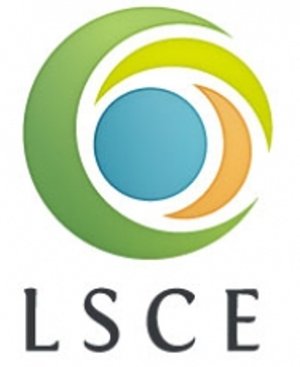In this research we use a paleoclimate simulations and a habitat suitability model to build an agent-based model of human mobility and interaction to explore the impact of ecological risk on human population structure. The agent-based model allows us to evaluate the size of the populations occupying glacial refugia and the degree of genetic relatedness between people occupying these areas. We model the probability of a foraging groups’ survival as a function of habitat suitability and track long-term trends of inter-regional interaction and mobility. The results agree with previous archaeological studies situating a large glacial refugium spanning southern France and northeastern Spain, but predicts that higher rates of population growth in this central refugium led to continuous out-migration and therefore genetic homogeneity across Western Europe, with the possible exception of the Italian peninsula. These results concur with material culture data from known archaeological sites dating to the Last Glacial Maximum and make predictions for future ancient DNA studies.
Université de Montréal

